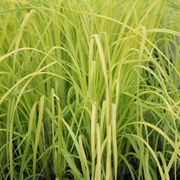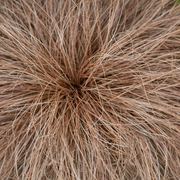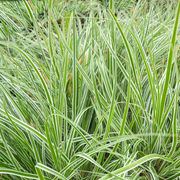Product description
Carex ‘Aurea’ also known as ‘Bowle’s Golden’ is an evergreen perennial sedge that works perfectly as part of an ornamental layout or to brighten and add some colour to the more shaded areas of the garden. This grass grows well in areas and conditions where other plants may not fare as well, giving it great utility to fill out the lesser used areas in your outdoor spaces. It is also ideal for waterside planting for pond or water features. In the Summer it blooms long, erect spikes of small brown flowers.
Carex ‘Aurea’ is a hardy, low maintenance perennial sedge. Plant in full or partial sun in poorly-drained or boggy soil. Keep soil constantly well-watered.
Plant specs, care guide & tips
Key features
Specifications
When to plant
| Jan | Feb | Mar | Apr | May | Jun | Jul | Aug | Sep | Oct | Nov | Dec |
|---|---|---|---|---|---|---|---|---|---|---|---|
Planting and period of interest times are general guidelines and may vary based on your location and conditions. For best results, consult local gardening resources.
Instructions
Top Tip
Carex is a low maintenance plant that doesn’t demand much attention to thrive. However, an annual feed in late spring to early summer will help boost healthy growth.
How to Water
Water regularly during the first growing season. After this, carex is drought tolerant and only needs to be watered during particularly dry spells.
How to Plant
Plant carex in full sun or partial shade in moderately fertile moist, but not waterlogged, soil. Dig a hole slightly bigger than the root ball and add in some organic matter. Carefully tease out the roots and position the plant in the hole before backfilling with soil and compost. Firm the soil down gently and water in well.
































